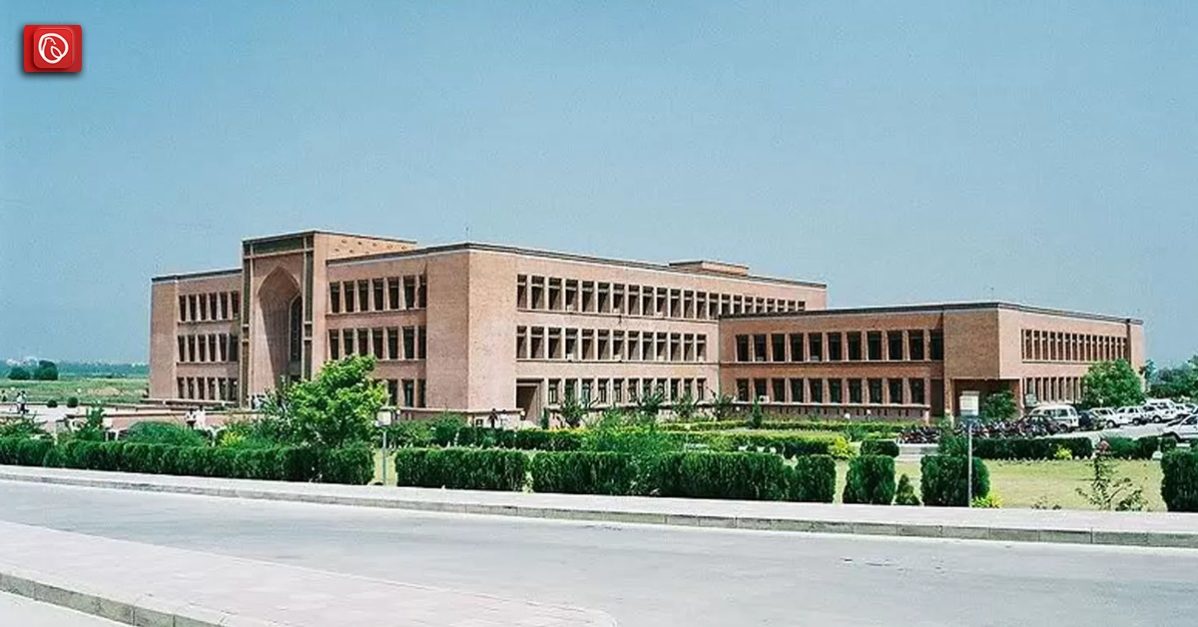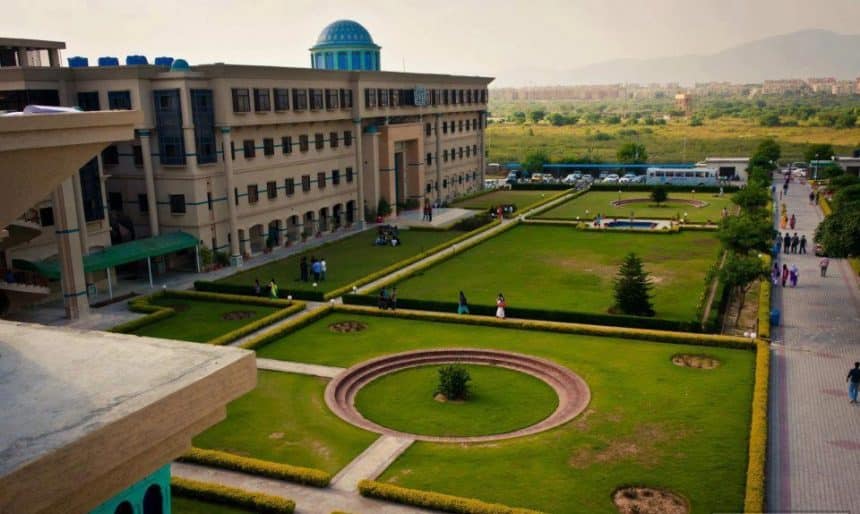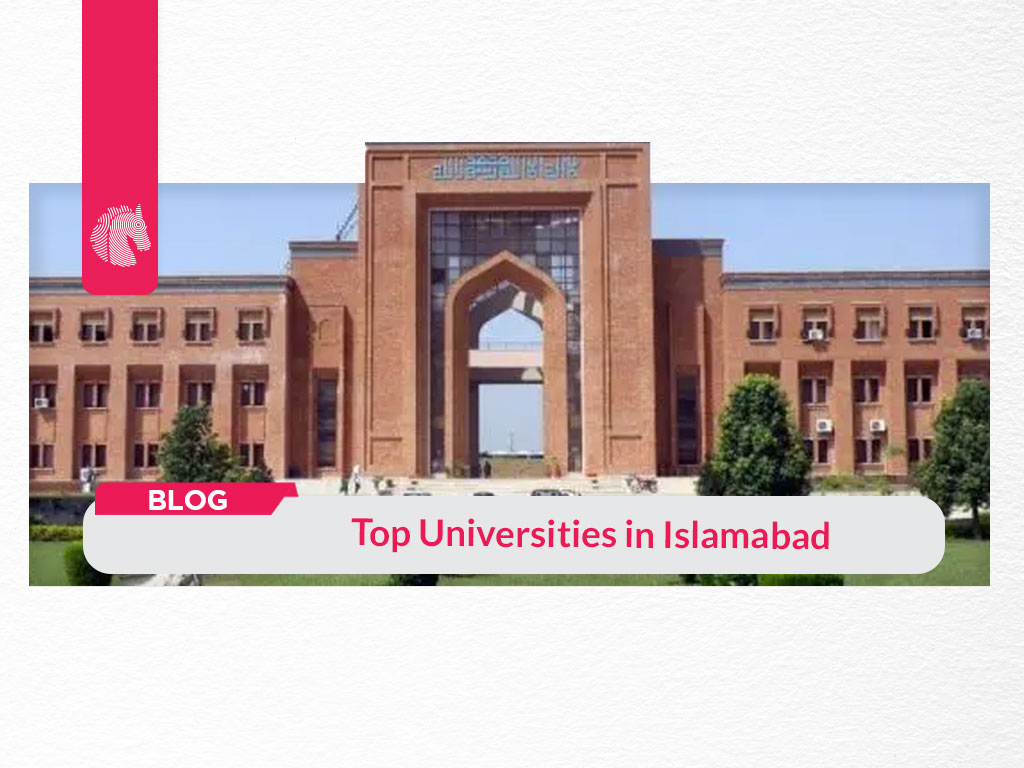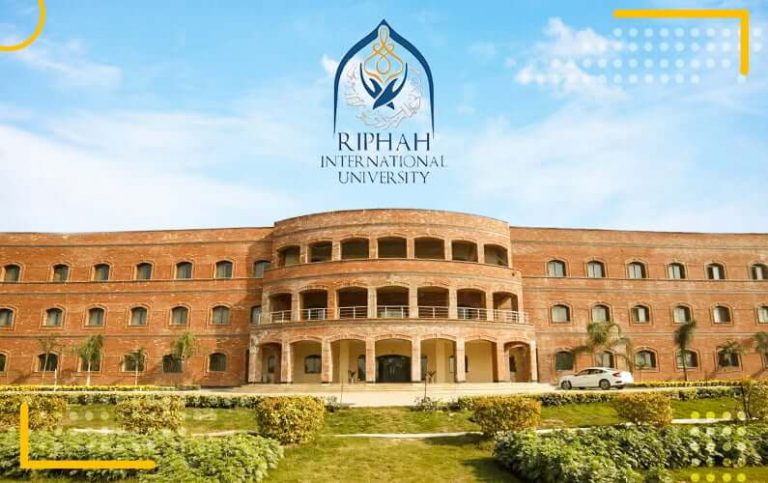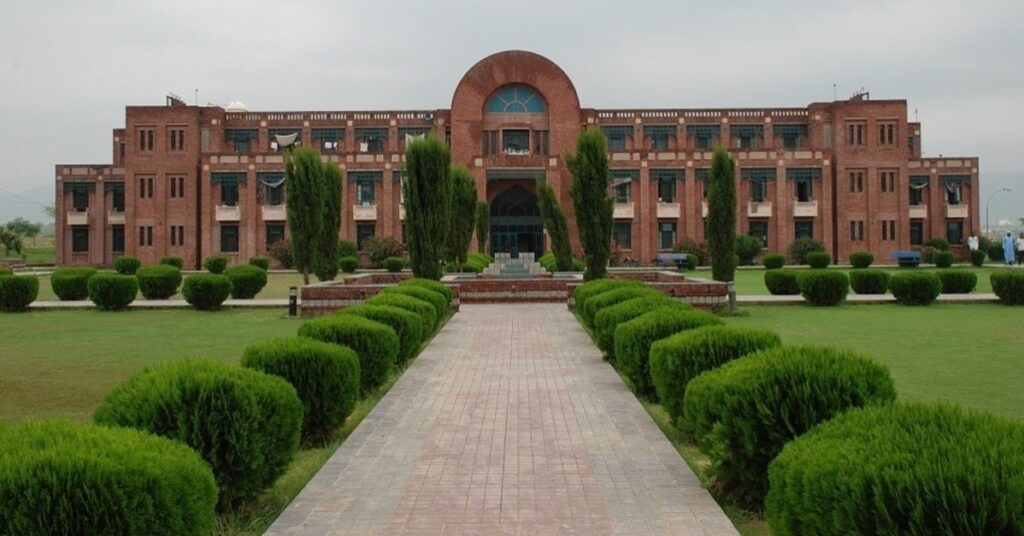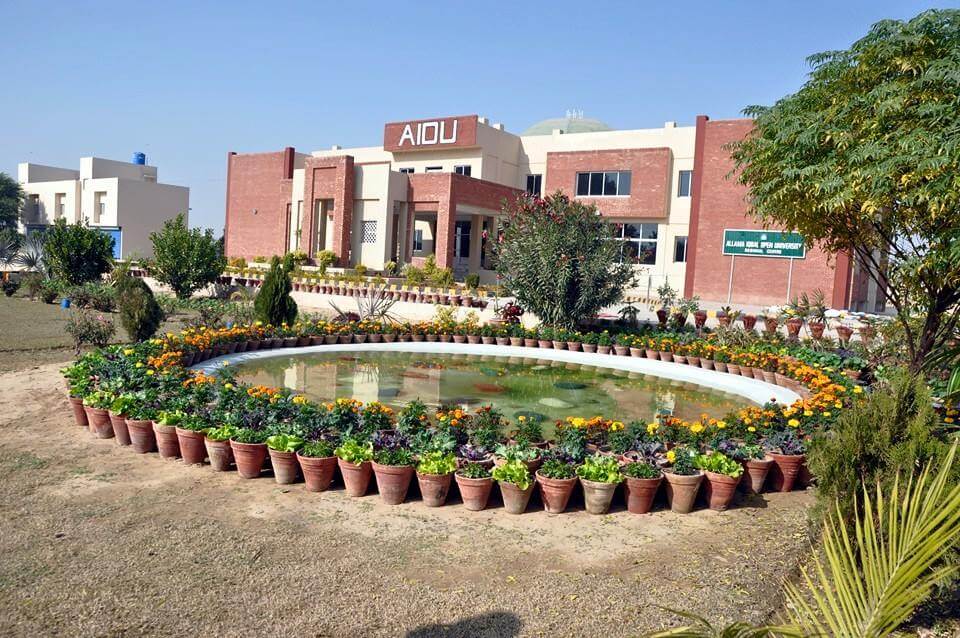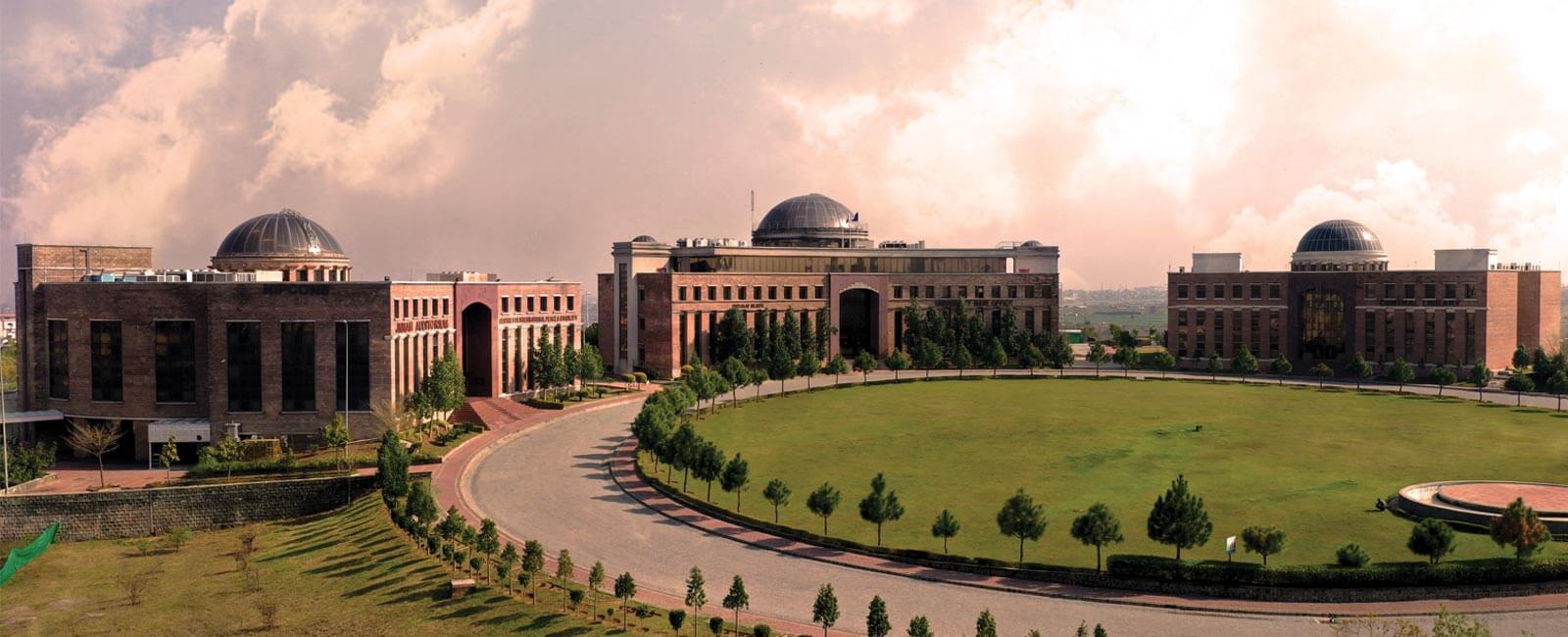Government Universities In Islamabad Rawalpindi

The twin cities of Islamabad and Rawalpindi, Pakistan, are facing a critical juncture regarding the accessibility and quality of their government-run universities. Mounting concerns over resource allocation, faculty shortages, and outdated curricula threaten to undermine the role of these institutions as engines of social mobility and national development.
At the heart of this issue lies a complex interplay of factors including escalating operational costs, limited government funding, and a growing demand for higher education. This confluence of challenges jeopardizes the ability of government universities in Islamabad and Rawalpindi to provide affordable, high-quality education to a burgeoning student population, exacerbating existing socio-economic disparities and potentially hindering the nation's progress.
Challenges in Government Universities
One of the most pressing issues confronting government universities in Islamabad and Rawalpindi is the chronic underfunding. According to a report by the Higher Education Commission (HEC), the allocated budget often falls short of the actual operational expenses, forcing universities to compromise on essential resources such as library acquisitions, laboratory equipment, and faculty development programs.
This financial strain often translates into inadequate infrastructure, overcrowded classrooms, and a reliance on outdated teaching methodologies. Dr. Aisha Khan, a professor at Quaid-i-Azam University, highlighted that lack of funding directly affects the quality of education. “We strive to provide the best education possible, but limited resources hinder our ability to equip students with the skills and knowledge they need to compete in the global market," she stated.
Another significant challenge is the growing faculty shortage. Many experienced professors are reaching retirement age, and the universities struggle to attract and retain qualified replacements due to uncompetitive salaries and limited research opportunities. The resulting increase in student-to-faculty ratios places an additional burden on existing faculty members and compromises the quality of instruction.
The curriculum in many government universities is also perceived as outdated and irrelevant to the needs of the modern workforce. Students often complain that the courses they take do not equip them with the practical skills and knowledge demanded by employers, leading to high unemployment rates among graduates.
"The curriculum needs to be revised to incorporate industry-relevant skills and knowledge,"said Mr. Bilal Ahmed, a recent graduate from Rawalpindi's Government Gordon College.
Impact on Students and the Community
The challenges faced by government universities have a profound impact on students and the broader community. Limited access to quality education perpetuates socio-economic inequalities, restricting opportunities for upward mobility for students from disadvantaged backgrounds.
Students often find themselves struggling to compete with graduates from private institutions who have benefited from better resources and more up-to-date curricula. This disparity creates a cycle of disadvantage, further exacerbating existing inequalities. The lack of employable skills among graduates contributes to rising unemployment rates, affecting not only the individuals involved but also the national economy.
Possible Solutions and Future Prospects
Addressing the challenges facing government universities in Islamabad and Rawalpindi requires a multi-pronged approach. Increased government funding is crucial to ensure that universities have the resources they need to provide quality education. It will involve strategic allocation of funds towards crucial areas such as infrastructure development, faculty recruitment and training, and curriculum modernization.
Universities also need to explore alternative sources of funding, such as private endowments, research grants, and collaborative partnerships with industry. Such partnerships will help to modernize curriculum and tailor the education offered based on the demand in the market.
Curriculum reform is essential to ensure that students are equipped with the skills and knowledge they need to succeed in the modern workforce. Universities should work closely with industry stakeholders to identify the skills that are in demand and incorporate them into their curriculum.
Embracing innovative teaching methods, such as online learning and blended learning approaches, can help to improve access to education and enhance the learning experience for students. Continued efforts to modernize and improve government universities are essential to ensuring that these institutions continue to serve as engines of social mobility and national development.
The future of higher education in Islamabad and Rawalpindi hinges on the government's commitment to investing in these vital institutions and implementing comprehensive reforms to address the challenges they face. Only through sustained efforts can government universities fulfill their mission of providing affordable, high-quality education to all, contributing to a more equitable and prosperous future for Pakistan.


